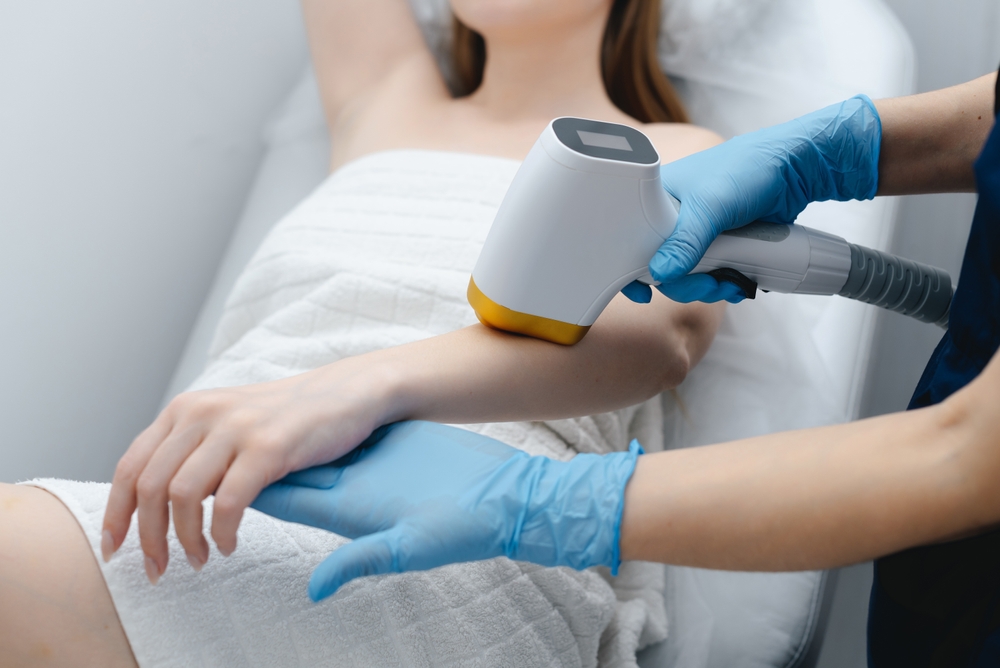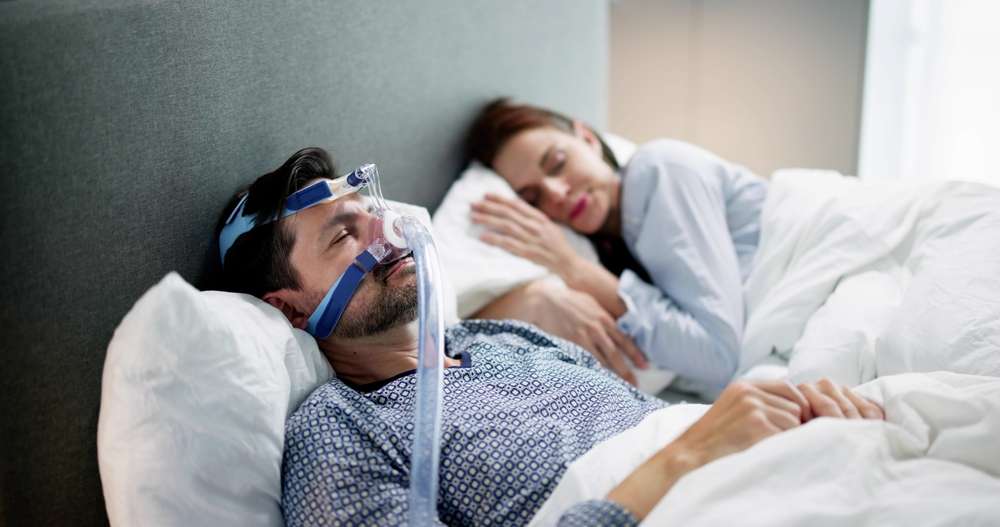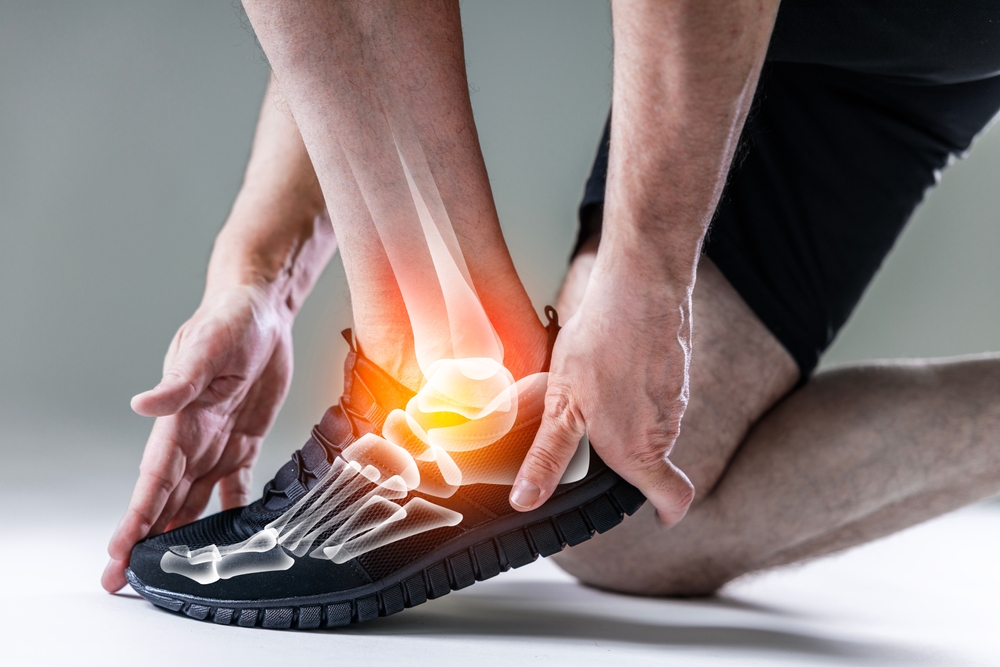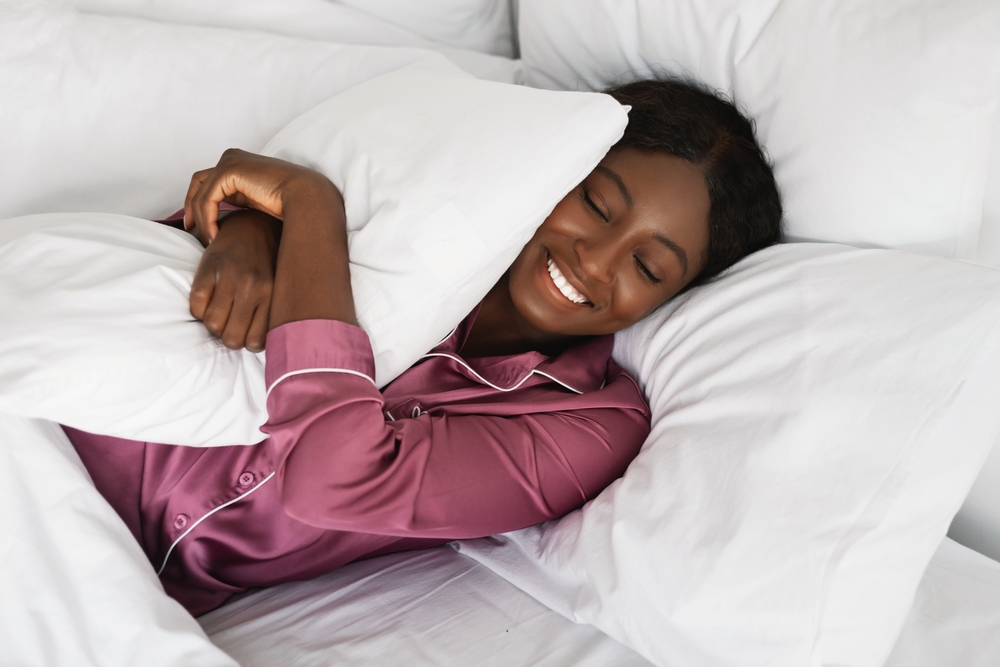What to Expect Before and After Laser Hair Removal
Daily shaving can be time-consuming and cause irritation for many people. Laser hair removal offers a longer-term way to reduce unwanted hair and simplify routines. This guide outlines how the treatment works, what to expect before and after sessions, and what influences the cost and number of visits needed.

What to Expect Before and After Laser Hair Removal
Laser hair removal offers a modern approach to achieving smooth, hair-free skin through advanced light technology. The procedure has gained widespread acceptance due to its effectiveness in reducing unwanted hair growth across various body areas. While the treatment process involves multiple sessions and specific care requirements, understanding what lies ahead can help you make informed decisions and achieve the best possible outcomes.
How Laser Hair Removal Works
The laser hair removal process utilizes concentrated light beams that target melanin in hair follicles. The laser energy converts to heat, damaging the follicle structure and inhibiting future hair growth. Different laser types work effectively on various skin tones and hair colors, with darker hair typically responding better to treatment. The procedure targets hair during its active growth phase, which explains why multiple sessions are necessary to catch all follicles at the optimal time.
The technology has evolved significantly, with newer devices offering improved safety profiles and effectiveness across diverse skin types. Modern lasers include cooling systems that minimize discomfort during treatment, making the experience more tolerable for patients.
Preparing for a Laser Session
Proper preparation significantly impacts treatment effectiveness and reduces potential complications. Begin by avoiding sun exposure and tanning products for at least four weeks before your appointment. Discontinue plucking, waxing, or electrolysis six weeks prior, as these methods remove hair roots that lasers need to target.
Shave the treatment area 24-48 hours before your session, leaving hair stubble for the laser to detect. Avoid using lotions, deodorants, or perfumes on the treatment area on appointment day. Inform your practitioner about any medications, skin conditions, or recent cosmetic procedures that might affect treatment safety.
Schedule your session when you can avoid immediate sun exposure afterward, and consider timing treatments during cooler months when sun exposure is naturally limited.
Recovery and Aftercare Tips
Post-treatment care plays a crucial role in achieving optimal results and preventing complications. Immediately after treatment, you may experience redness and mild swelling similar to a sunburn. Apply cool compresses and use gentle, fragrance-free moisturizers to soothe the skin.
Avoid hot showers, saunas, and intense exercise for 24-48 hours post-treatment. Sun protection becomes essential, requiring broad-spectrum SPF 30 or higher for several weeks. Avoid picking at treated areas and let hair shed naturally over the following weeks.
Some patients experience temporary hyperpigmentation or hypopigmentation, particularly those with darker skin tones. These effects typically resolve within a few months with proper aftercare.
Treatment Timelines and Expected Results
Most patients require 6-8 sessions spaced 4-8 weeks apart, depending on the treatment area and individual hair growth patterns. Facial hair typically requires sessions every 4-6 weeks, while body hair may need 6-8 week intervals.
Visible hair reduction often begins after the second or third session, with significant results appearing after 4-6 treatments. Complete hair elimination rarely occurs, but most patients achieve 70-90% permanent hair reduction. Maintenance sessions may be needed annually or bi-annually to address any regrowth.
Hormonal changes, medications, and individual genetics can influence treatment outcomes and timelines. Patience remains essential, as the full benefits become apparent months after completing the initial treatment series.
Factors Affecting Treatment Cost
Several variables influence laser hair removal pricing, including treatment area size, geographic location, practitioner experience, and technology used. Larger areas like legs or back cost more than smaller areas like upper lip or underarms. Urban areas typically have higher prices than rural locations.
The number of required sessions directly impacts total cost, with some patients needing additional treatments beyond the standard package. Premium laser technologies and medical spa settings often command higher prices than basic clinic offerings.
| Treatment Area | Average Cost Per Session | Typical Sessions Needed | Total Cost Range |
|---|---|---|---|
| Upper Lip | $75-$150 | 6-8 | $450-$1,200 |
| Underarms | $150-$300 | 6-8 | $900-$2,400 |
| Bikini Line | $200-$400 | 6-8 | $1,200-$3,200 |
| Full Legs | $400-$800 | 6-8 | $2,400-$6,400 |
| Full Back | $350-$700 | 6-8 | $2,100-$5,600 |
Prices, rates, or cost estimates mentioned in this article are based on the latest available information but may change over time. Independent research is advised before making financial decisions.
Package deals often provide better value than individual sessions, and many providers offer financing options to make treatments more accessible. Consultation fees may apply but are sometimes credited toward treatment costs.
Laser hair removal represents a significant investment in long-term convenience and confidence. While the upfront costs may seem substantial, many patients find the long-term savings on razors, waxing appointments, and time spent on daily hair removal make the investment worthwhile. Success depends largely on choosing qualified practitioners, following pre and post-care instructions, and maintaining realistic expectations about results and timelines.
This article is for informational purposes only and should not be considered medical advice. Please consult a qualified healthcare professional for personalized guidance and treatment.




